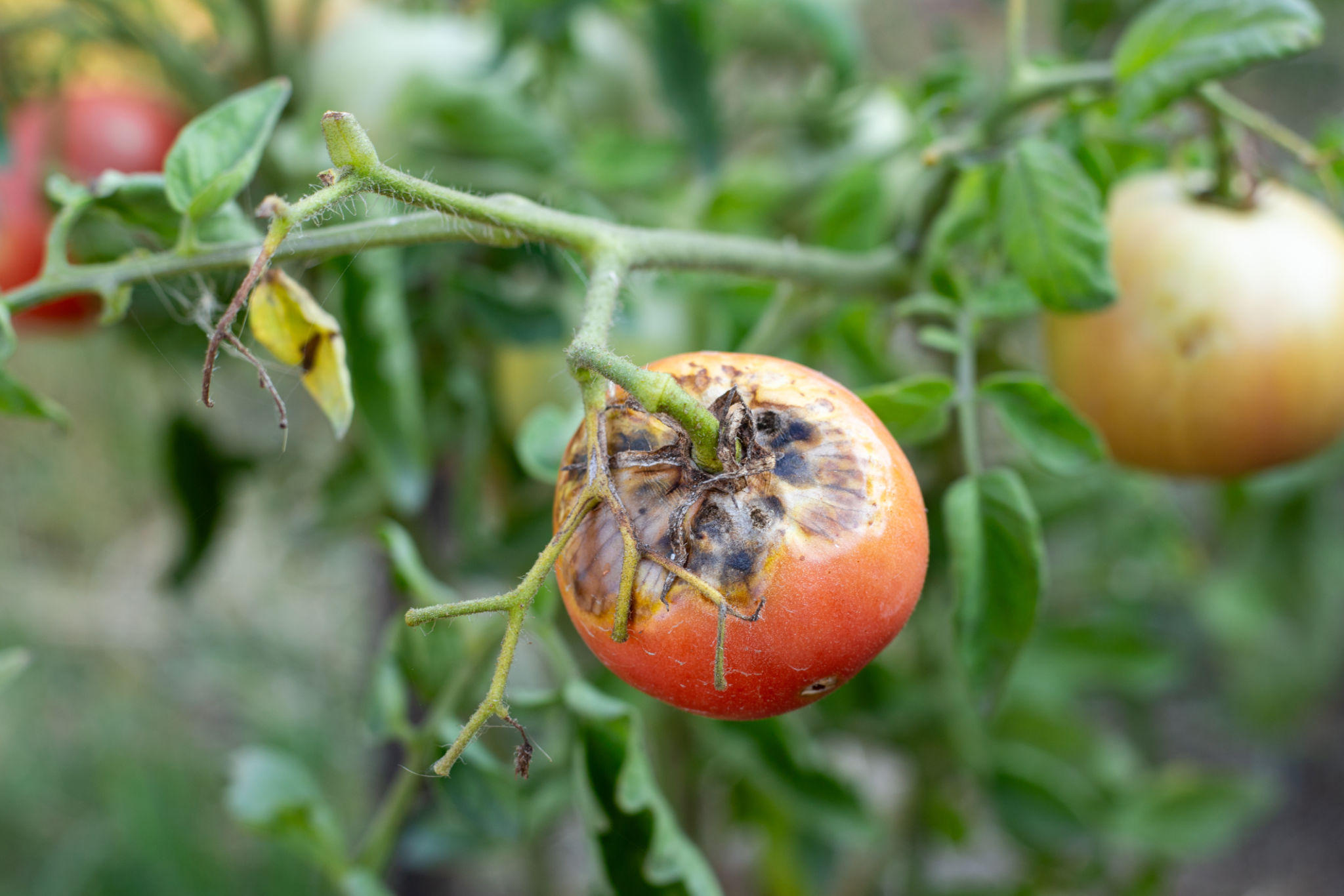Emerging Pest Threats in Australia: What You Need to Know
Understanding Pest Threats in Australia
Australia is home to a unique and diverse ecosystem, but this also means it faces unique pest threats. These pests can have significant impacts on agriculture, biodiversity, and even human health. As the global climate changes and trade continues to increase, the risks associated with pest introductions are growing. Understanding these threats is crucial for effective management and prevention strategies.
One of the primary challenges is the introduction of non-native species that can disrupt local ecosystems. These invasive pests often have no natural predators in their new environments, allowing them to proliferate rapidly and outcompete native species for resources.

Climate Change and Pest Proliferation
Climate change is a significant factor contributing to the emergence of new pest threats in Australia. Warmer temperatures can extend the range and breeding seasons of many pests, exacerbating their impacts. This is particularly concerning for the agriculture sector, where crops can be severely affected by increased pest activity.
The changes in climate also mean that areas previously unaffected by certain pests may become vulnerable. This shifting of pest territories requires constant monitoring and adaptation by farmers and environmental managers to protect local ecosystems and food production.

Agricultural Pests on the Rise
Australia's agriculture industry is facing increasing challenges from pests like the fall armyworm and red imported fire ant. The fall armyworm, for instance, has been reported to cause extensive damage to crops such as maize, sorghum, and rice. Its rapid spread across various regions highlights the need for vigilant monitoring and innovative management strategies.
Similarly, the red imported fire ant poses a significant threat not only to agriculture but also to human health and biodiversity. These ants are aggressive and can cause painful stings, impacting outdoor activities and wildlife habitats.

Biodiversity at Risk
Pest threats are not limited to agriculture; they also pose a serious risk to Australia's rich biodiversity. Native plants and animals often fall victim to invasive species, leading to a decline in indigenous populations. This can result in long-term ecological imbalances and loss of biodiversity.
Efforts to protect biodiversity involve controlling pest populations through various means such as biological control, habitat restoration, and public education. It's essential for conservationists and policymakers to work together in tackling these challenges.

Steps Towards Pest Management
Addressing emerging pest threats in Australia requires a comprehensive approach involving government agencies, researchers, and the public. Some key steps include:
- Implementing effective quarantine measures to prevent new introductions.
- Investing in research for sustainable pest control methods.
- Raising public awareness about identifying and reporting new pest sightings.
- Encouraging collaboration between agricultural sectors and environmental organizations.
By adopting these strategies, Australia can better protect its environment, agriculture, and communities from the growing threat of pests.
The Role of Technology in Pest Control
Technology plays an increasingly vital role in combating pest threats. Innovations such as drone surveillance, genetic engineering, and data analytics are revolutionizing how pests are monitored and managed. These technologies enable more efficient detection and eradication efforts, minimizing damage before it becomes widespread.
Moreover, predictive modeling tools can help anticipate pest movements and identify at-risk areas. This allows for proactive measures to be taken, reducing the likelihood of severe outbreaks.

The Path Forward
Emerging pest threats in Australia require ongoing vigilance and adaptation. By understanding the drivers behind these threats and implementing robust management strategies, Australia can safeguard its unique environment and vital industries. Collaboration among scientists, policymakers, and the community will be crucial in navigating these challenges successfully.
The future of pest management lies in innovation, education, and cooperation across all sectors of society. By staying informed and proactive, Australians can ensure a resilient response to the evolving landscape of pest threats.